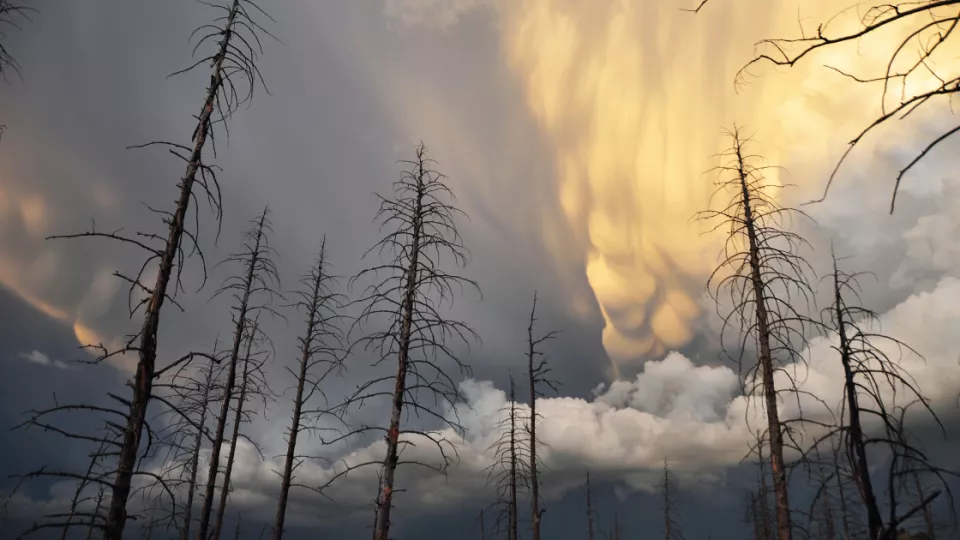“I study the air in the stratosphere and the upper part of the troposphere. I want to try and explain variations in the prevalence of aerosol particles, and I have recently become interested in the stratospheric zone” explains Johan Friberg, researcher at MERGE (ModElling the Regional and Global Earth system) at Lund University.
The troposphere is the lowest layer of the Earth’s atmosphere, and it contains three quarters of the atmosphere’s total mass, including almost all water vapour and aerosol particles. In the troposphere, our various weather systems are formed. Above that, at 15-50 kilometres above sea level, we have the stratosphere, which includes the ozone layer that, amongst other things, protects Earth from ultraviolet radiation (UV radiation).
What role do particles play in the atmosphere?
Aerosol particles can both spread and absorb sunlight, which can have cooling or warming effects on the climate. They also affect cloud formation since water does not condense by itself, it needs particles in order to form cloud droplets. That, in turn, affects the Earth’s radiation balance.
In lower layers of air in the troposphere, clouds form around particles, which means that they soon fall as precipitation. That does not happen in the stratosphere, where no precipitation forms. Instead, the particles follow air currents and can be spread globally within that layer.
“In the stratosphere, the aerosol particles affect the ozone, causing it to break down and making the protective layer thinner. This was plain to see after the largest volcanic eruption in the modern age, from Pinatubo in 1991. The eruption emitted millions of tonnes of particles into the stratosphere, where they remained for several years,” Johan Friberg explains.
Humans create freons
The hole in the stratospheric ozone is caused by freons being activated into ozone-depleting substances. Freons are synthetic substances that we have created. They do not occur naturally, but human emissions of freons have caused them to spread all over the stratosphere. Large ozone holes form over Antarctica because the stratosphere over the polar region is very cold in winter. A type of cloud called mother of pearl forms there. These clouds contain ice crystals, and on the surface of the crystals the freon activation happens much faster than it does in the air.
“Like mother of pearl clouds, particles from forest fires and volcanic eruptions can activate freons. They can also affect the number of ice crystals in the cloud and therefore ozone depletion. The combination of these two factors leads to holes in the ozone layer and more UV radiation reaching us,” explains Johan Friberg.
The effect of forest fires should be studied further
After the Australian fires in 2019 and 2020, the concentration of ozone in the Southern Hemisphere fell and ozone holes formed outside the polar region. If the fires were to occur in the Northern Hemisphere, the damaging effects of reduced protection from dangerous UV radiation would have consequences for billions of people, as well as animal and plant life, including vital agricultural production.
For the most part, existing research data comes from satellites and is suitable for studying the recent past, but from the large volcanic eruption of 1991 and further back, there is not much data available.
Johan Friberg wants to research further back in time and in greater detail, to be sure of what effects the increasing number of forest fires globally might have. There are several reasons why forest fires occur, but we see an increase both because of climate change and causes that are linked to modern forestry methods.
“There are still many unanswered questions and more to explore at a detailed level,” Johan Friberg argues.
He adds: “We do not know how much previous forest fires have affected the ozone layer, which is why more research is needed.”


